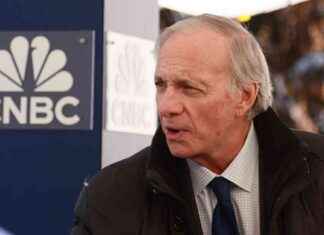The Federal Reserve is coming close to meeting its inflation target, but the issue of high prices on goods and services still remains a significant concern for individuals, businesses, and policymakers across the U.S. economy.
Recent reports on the prices of goods and services indicate that inflation over the past year is nearing the central bank’s 2% target. Goldman Sachs has estimated that the inflation rate may soon reach this level when the Bureau of Economic Analysis releases its figures.
Although inflation is showing signs of easing, the Federal Reserve is cautious and not declaring victory. San Francisco Fed President Mary Daly emphasized the need for continued progress towards economic goals and the importance of remaining vigilant.
Inflation is a complex issue that can’t be fully captured by any single measure. While some indicators like the Consumer Price Index (CPI) show improvement, others like the Atlanta Fed’s “sticky price” inflation reveal persistence in high prices for items such as rent, insurance, and medical care.
The current inflationary environment has led to a significant increase in household debt as consumers continue to spend despite rising costs. Small businesses are also feeling the impact, with credit card usage on the rise. However, there are concerns about the sustainability of this trend if inflation remains high.
The Federal Reserve faces a challenging decision at its upcoming policy meeting, as markets are responding unexpectedly to recent interest rate cuts. While some experts advocate for a pause in rate cuts to gain a better understanding of the economic situation, others believe that lower rates could help boost financial conditions and support economic growth.
Overall, the uncertainty surrounding inflation and interest rates leaves many individuals, like the young father who questioned President Daly, feeling uneasy about the future. As policymakers navigate these challenges, the goal remains to achieve a balance that allows people to catch up and ultimately get ahead in the face of persistent inflationary pressures.








